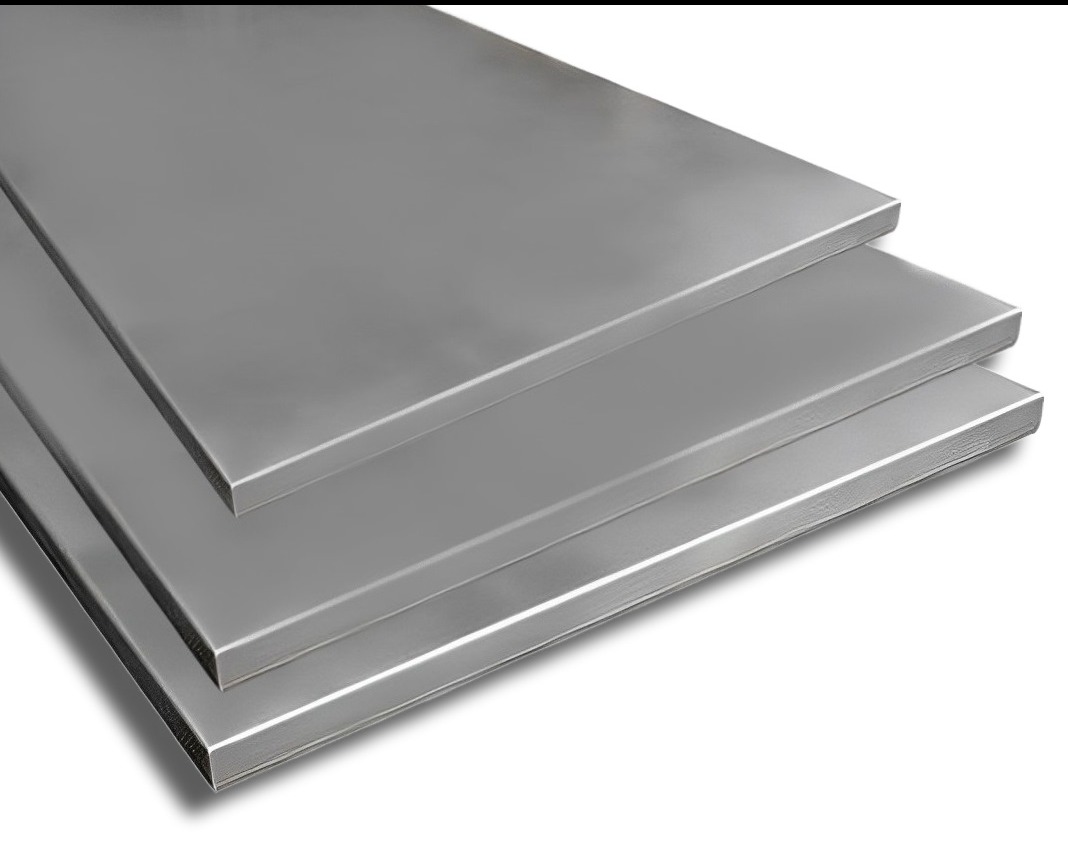Stainless Steel 316 (SS 316) – Austenitic Stainless Steel for Corrosive Environments SS 316 is a molybdenum-bearing austenitic stainless steel known for its enhanced corrosion resistance, especially against chlorides and marine environments. It contains 16–18% chromium, 10–14% nickel, and 2–3% molybdenum, making it more durable in chemical, acidic, and saltwater conditions compared to SS 304. Its superior pitting resistance, excellent formability, and non-magnetic nature in the annealed state make SS 316 a preferred choice for chemical processing equipment, marine components, pharmaceutical machinery, and food-grade applications. Key Features: Superior corrosion resistance, especially against chlorides and acids Enhanced pitting and crevice corrosion resistance due to molybdenum Maintains mechanical strength at elevated temperatures Excellent weldability and fabrication characteristics Non-magnetic in annealed condition Typical Chemical Composition: Element Content (%) Chromium 16.0 – 18.0 Nickel 10.0 – 14.0 Molybdenum 2.0 – 3.0 Carbon ≤ 0.08 Manganese ≤ 2.00 Silicon ≤ 1.00 Phosphorus ≤ 0.045 Sulfur ≤ 0.030 Mechanical Properties: Property SS 316 Yield Strength ≥ 205 MPa Tensile Strength ≥ 515 MPa Elongation ≥ 40% Hardness (Brinell) ≤ 217 HB Service Temp. Range Up to 870°C Common Applications: Marine hardware and coastal structures Food and beverage processing equipment Chemical storage tanks and pipelines Medical and pharmaceutical instruments Heat exchangers, reactors, and oil refining units Summary: SS 316 is widely used in industries where superior resistance to corrosion and harsh chemicals is essential. It performs exceptionally well in marine, chloride-exposed, and high-humidity environments, making it a reliable choice for critical applications.
Chat with us on WhatsApp
×
This is your website preview.
Currently it only shows your basic business info. Start adding relevant business details such as description, images and products or services to gain your customers attention by using Boost 360 android app / iOS App / web portal.
https://www.alloysteelsplate.com/latest-update/stainless-steel-316-ss-316-austenitic-stainles/108
Stainless Steel 316 (SS 316) – Austenitic Stainles...

2025-06-16T05:18:18
Stainless Steel 316 (SS 316) – Austenitic Stainless Steel for Corrosive Environments SS 316 is a molybdenum-bearing austenitic stainless steel known for its enhanced corrosion resistance, especially against chlorides and marine environments. It contains 16–18% chromium, 10–14% nickel, and 2–3% molybdenum, making it more durable in chemical, acidic, and saltwater conditions compared to SS 304. Its superior pitting resistance, excellent formability, and non-magnetic nature in the annealed state make SS 316 a preferred choice for chemical processing equipment, marine components, pharmaceutical machinery, and food-grade applications. Key Features: Superior corrosion resistance, especially against chlorides and acids Enhanced pitting and crevice corrosion resistance due to molybdenum Maintains mechanical strength at elevated temperatures Excellent weldability and fabrication characteristics Non-magnetic in annealed condition Typical Chemical Composition: Element Content (%) Chromium 16.0 – 18.0 Nickel 10.0 – 14.0 Molybdenum 2.0 – 3.0 Carbon ≤ 0.08 Manganese ≤ 2.00 Silicon ≤ 1.00 Phosphorus ≤ 0.045 Sulfur ≤ 0.030 Mechanical Properties: Property SS 316 Yield Strength ≥ 205 MPa Tensile Strength ≥ 515 MPa Elongation ≥ 40% Hardness (Brinell) ≤ 217 HB Service Temp. Range Up to 870°C Common Applications: Marine hardware and coastal structures Food and beverage processing equipment Chemical storage tanks and pipelines Medical and pharmaceutical instruments Heat exchangers, reactors, and oil refining units Summary: SS 316 is widely used in industries where superior resistance to corrosion and harsh chemicals is essential. It performs exceptionally well in marine, chloride-exposed, and high-humidity environments, making it a reliable choice for critical applications.
2025-06-16T05:18:18
Keywords
- ss 304
- critical applications
- reliable choice
- marine chlorideexposed
- performs exceptionally
- harsh chemicals
- pipelines medical
- preferred choice
- chemical acidic
- superior resistance
- nonmagnetic nature
- 23 molybdenum making
- marine environments
- enhanced corrosion resistance
- highhumidity environments making
- fabrication characteristics nonmagnetic
- coastal structures food
- acids enhanced pitting
- saltwater conditions compared

Submit Your Enquiry